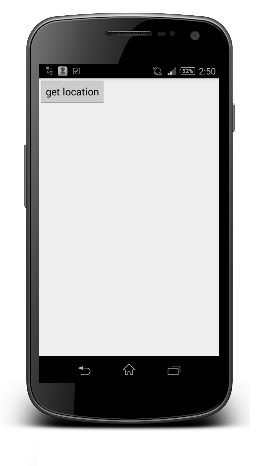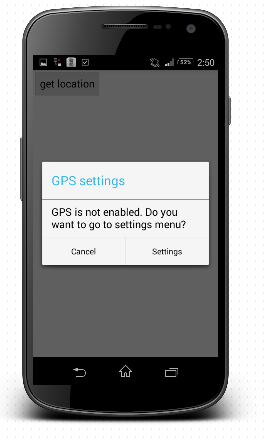If you’re here then you might be interested in being an Instructor, that’s awesome!
PracticalCoding.in is started by a programmer just like you to share knowledge and make some extra cash. The fact that it could make a difference in someone’s life struck him hard.
So here you will find all the details from process of being Instructor to creating your classes and courses.
Step 1: How to be Instructor at PracticalCoding.in:
We have only one rule, and we are not compromising on this
You have to be a programmer with at-least 3+ years of experience.
- If you are programmer with 3+ year experience, then send a mail to info@PracticalCoding.in, with below details
- Your present job details
- For which course you want to be an instructor (Ex Android, DotNet, etc)
- Pass as many your social profile links as possible – like LinkedIn, Blog, Stack OverFlow, GitHub, Twitter, Facebook, Quora, Slideshare, etc.
- Pass your previous works, it may be mobile application links, web app links, etc.
- We will schedule a video call, just to guide you through further process
- There after you’re required to record one webinar about any topic of your choice to attract learners. This will also be used in your course promotion page. We will rate you on the webinar. Some examples of webinars – for Android development, you can make a webinar talking about fragments or building a simple app; for web development course you could do a webinar demonstrating building a simple web app.
Once verified at PracticalCoding.in you’re all set to sharing and earning!
Step 2: Course Creation:
- Theme: Build the course around hands-on learning and before end of course, learner should have built something useful.
- Class size: Another key thing for teaching is how many learners you will be able to manage. We have a standard rule
- For New Instructors, maximum learners count will be 3.
- For Experienced Instructors, maximum learners will be 5.
- Course Structure: You have full flexibility to create your own course or use our course structure. Some samples – Android, Web(NodeJs and MYSQL) and Web(PHP and MYSQL)
- Schedule: You have complete flexibility in planning your teaching schedule – days of week, time of days, number of days per week and duration of a session and complete course. Make sure that the schedule is convenient to the participants. Normally our courses are of around 35-40 hours. Below are our some existing course schedules.
- One of our Web instructor had scheduled the course with total hours as 36 for 3 months. He takes 2 class per week with each session of 1.5 hours. He takes one on Tuesday morning 7.00 AM – 8.30 AM and another on Thursday morning 7.00 AM – 8.30 AM.
- One of our Android instructor had scheduled the course with total hours as 36 for 3 months. He takes 2 class per week with each session of 1.5 hours. He takes one on Thursday night 9.00 PM – 10.30 PM and another on Sunday night 9.00 PM – 10.30 PM.
- Fees: Normally we charge each learner depending on course. The learner can pay it in 2 installments. We also have refund policy. Fees range from 12,000 – 30,000 Rs per learner based on course.
- Upload: Upload all the details on our site and you will get URL similar to http://www.practicalcoding.in/pc106.html. PracticalCoding.in will have all the rights to use/modify/remove the material uploaded.
Step 3: How learner get enrolled on to course?
- We will showcase your course on our homepage and promote it too.
- We will be sending out mails to all our subscribed users of PracticalCoding.in
- You can also use your network and share it in your social networks.
- When interested learner finds the course he can pay the amount and enroll the course.
Step 4: Tools to be used
- PracticalCoding.in will provide you online teaching tool for doing skype like video conferencing with other enhanced features.
- Payment gateway is provided by PracticalCoding.in
- Google drive: To share course contents, sample code, etc.
- Google form: For collecting feedback.
Step 5: Payment Details:
- The courses are priced depending on the market & your instructor rating – our research will help to arrive at the price tag.
- You will be paid at end of the course – as per learner’s’ feedback.
- Payment: Feedback is measured on scale of 10
- You will earn 75% of total fees paid by learners, if you learner’s feedback score is at-least 9 .
- You will earn 70% of total fees paid by learners, if your learner’s feedback score is less than 9 but greater than 8.
- You will earn 60% of total fees paid by learners, if you learner’s feedback score is less than 8.
- Instructor with an average feedback score of < 5 is delisted from PracticalCoding.in.
- You will be paid to your given bank account details via the mode of your choice NEFT OR Cheque.




